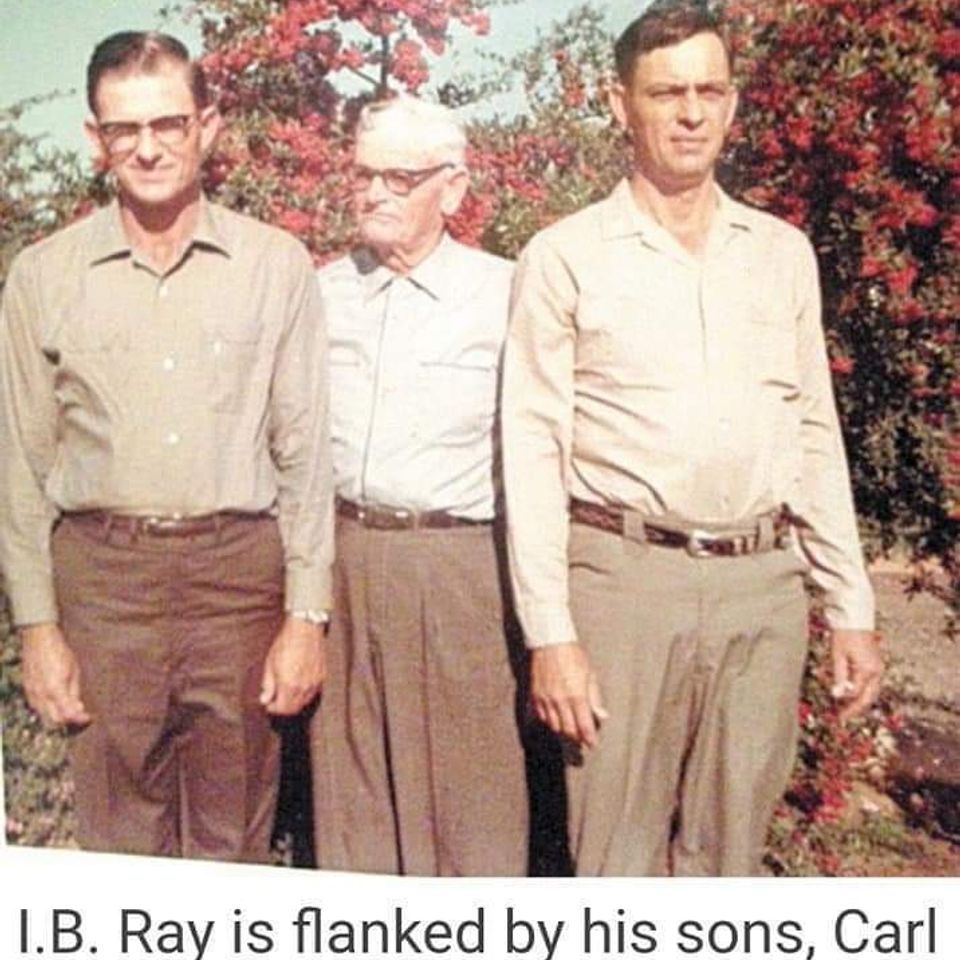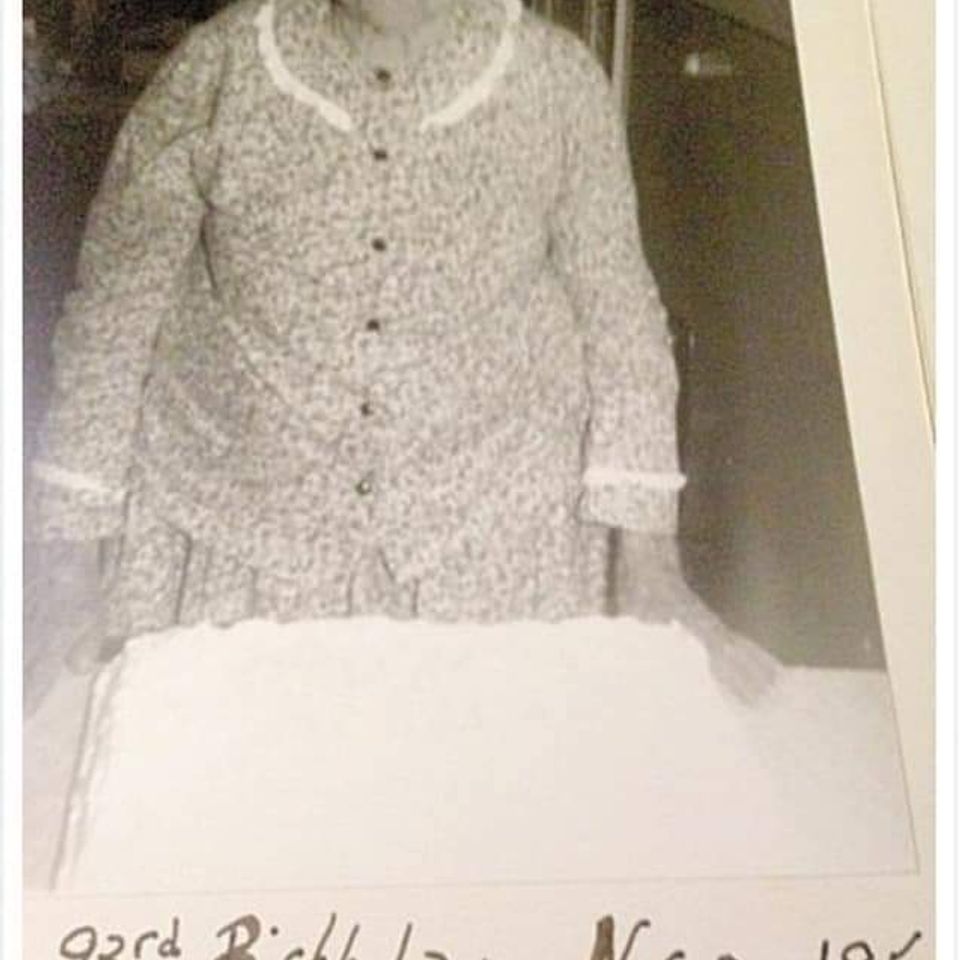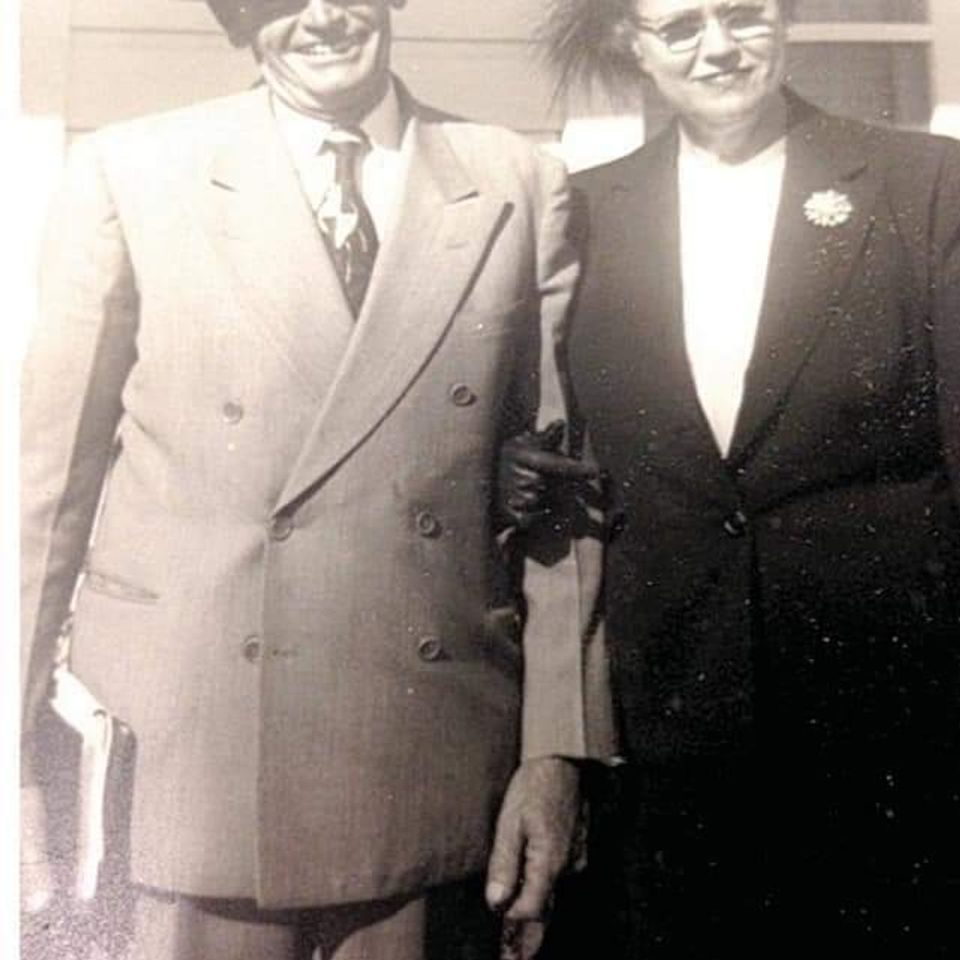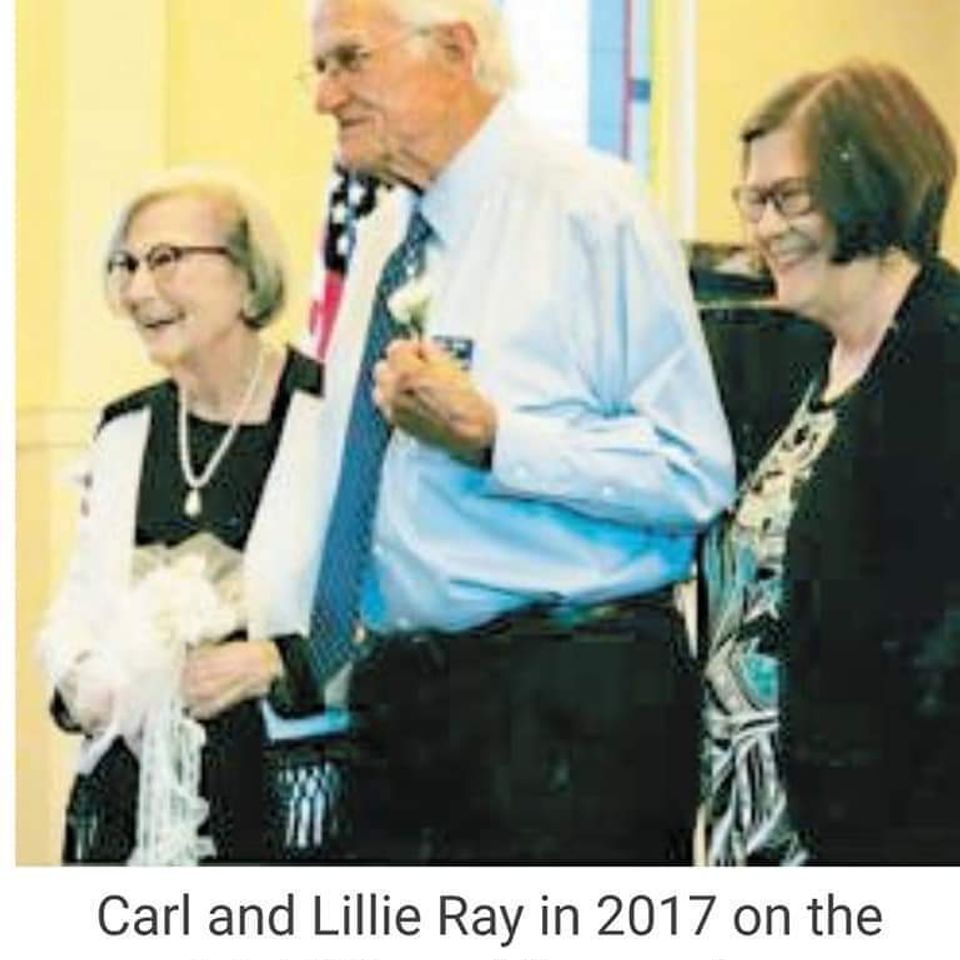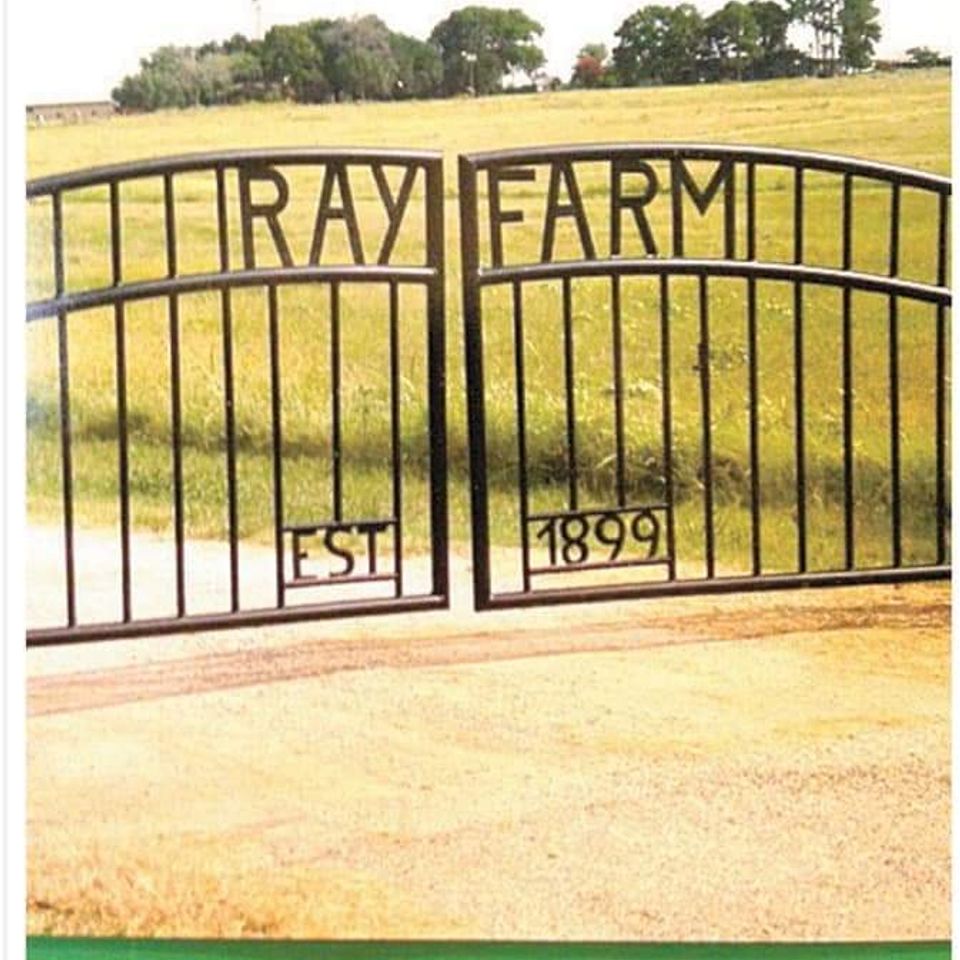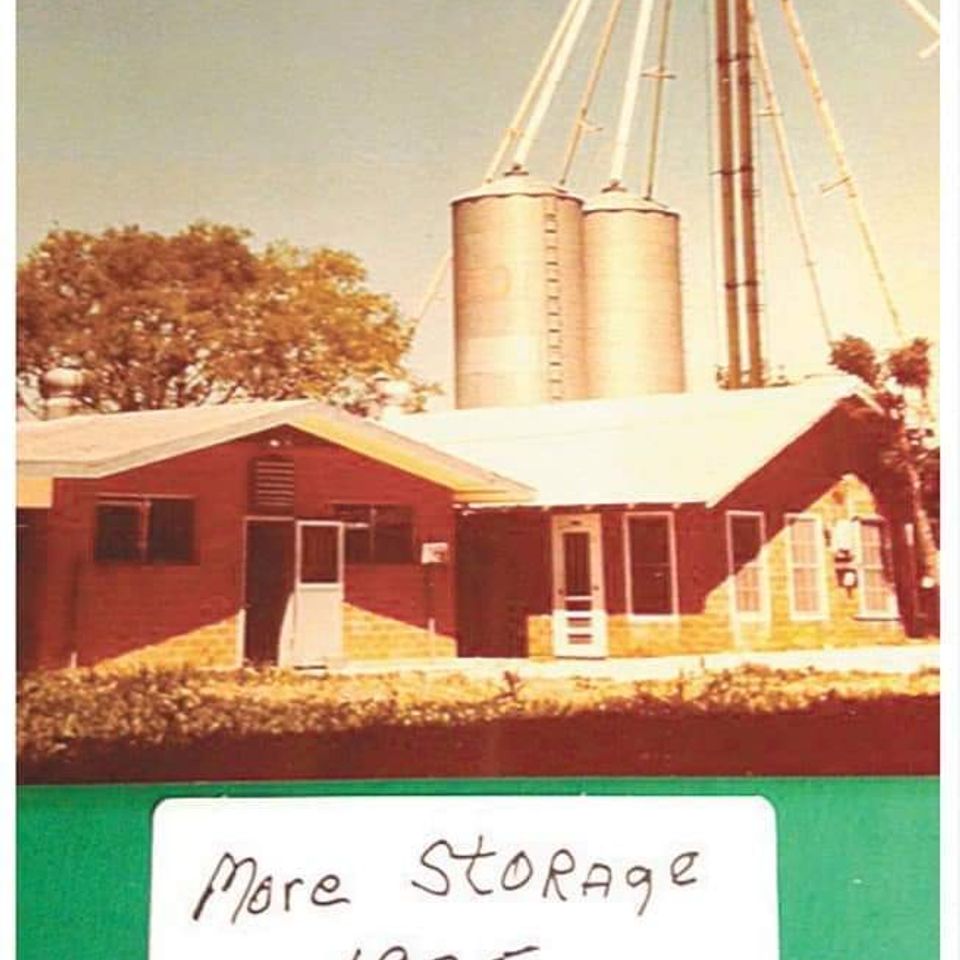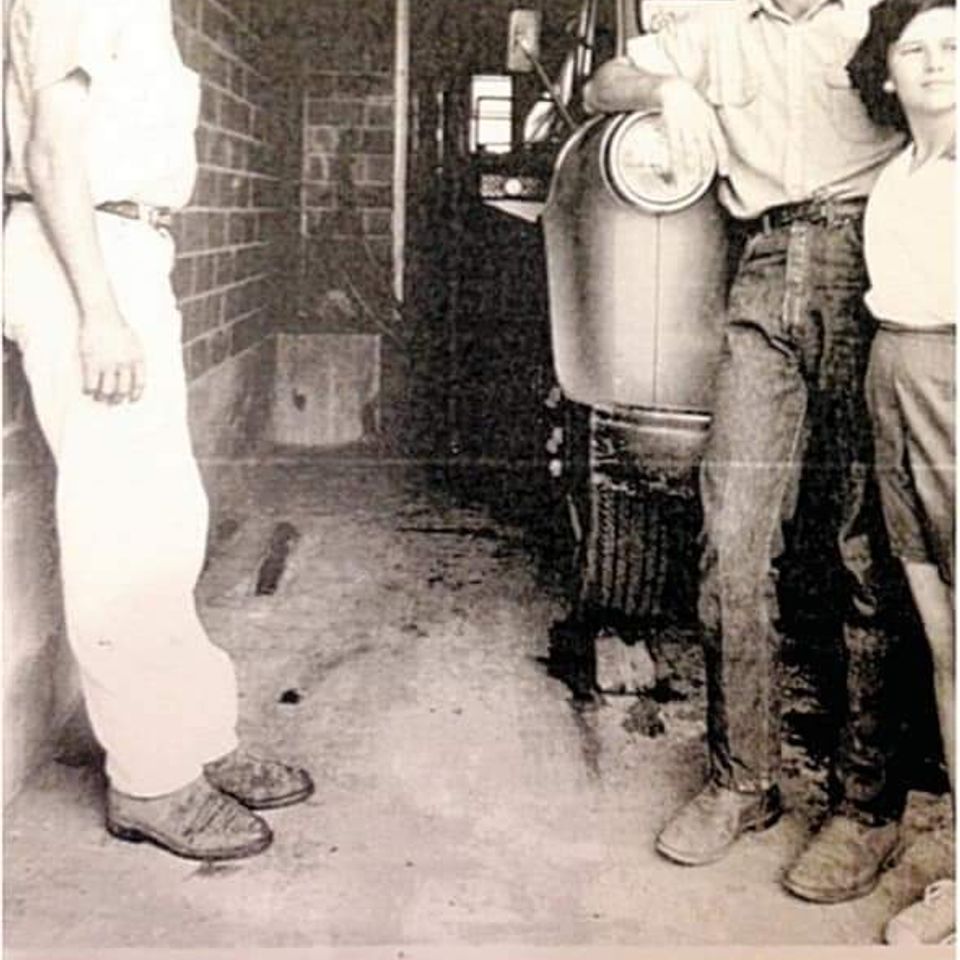by Barbara J. Wood
DAIRYS
Ray Farm
Changing times for local dairy farm...... "We owe our success to God and udders," said Carl Ray, 91, a self-described "tired, retired dairy farmer." Carl recalled how the Ray Farm, a family operation, survived the Great Depression (1929-39) and provided milk to creamers during World War II. During Dairy Month — celebrated in June across the nation — Carl could easily be an ambassador for the industry.
The I.B. Ray Dairy was established in 1917, but the farm's roots go back to 1899, when Callie Ray purchased the land. The farm is located in the Fairview area in western Wilson County. Today, it is known as the Ray Farm.
In 1925, the dairy comprised about a dozen cows that were milked twice daily. The dairymen separated the milk and sold cream to make "sweet cream butter," Carl said.
Carl shared how he, his brother Curtis, and two older sisters made butter when they were young, under the supervision of their mother, Wilma. The children would help wrap the butter placed in molds, weighing 1 pound each.
A 1939 booklet, "Wilson County Texas, Diversified Farming Center of Southwest Texas," records that the dairy churned 40 pounds of butter a day. The booklet's publication coincided with the time when National Milk Month was changed to June Dairy Month.
Carl recalls that in the 1930s and '40s, his father, I.B., established a town route into San Antonio to deliver crated eggs and aged butter three times weekly.
I.B.'s route included Red & White Stores, South Flores, and Broadway Retail. On his way home, their father would deliver feed to the neighbors, that he had picked up in San Antonio.
In 1942, the elder Ray joined other dairy friends to stop churning butter, instead selling whole milk to the creamers during the war effort (World War II). This made "mother happy," Carl said.
His father and S.R. Donaho, also of Wilson County, were instrumental in unifying the dairymen to create a cooperative. Carl saw other changes throughout his years, including the use of milk cans, burlap bags, delivery of milk in tanker trucks, and milk storage tanks.
According to a Floresville Chronicle- Journal article from August 1951, Carl and Curtis were milking 150 cows in 1951. The milk sales route into San Antonio paid for the farm and sent the two brothers to college.
In June 1947, Carl married Lillie Laws, and together they continued the family legacy. Carl raised his family on the farm where he was born, and built a house on the land his father gave him in the 1950s. Carl retired at the age of 67.
In 1999, the Ray Farm was recognized by the Texas Department of Agriculture's Family Land Heritage program. The family was honored for keeping their operation in continuous agricultural production for 100 years.
While times have changed, the family tradition of dairy farming has not. Ninety-eight percent of dairy farms are family-owned today. This "tired, retired dairy farmer" and all the other dairy farmers in Wilson County and across the nation can be thanked for providing the nutritional "udder" juice known as milk.
Carl Ray shared his wisdom of Texas geography and the role it plays in our weather. It is either a drought or a flood in Texas, Ray said. He reasons this is due, in part, to Wilson County's proximity to the Chihuahuan Desert, located in West Texas, northern Mexico, southern New Mexico, and southeastern Arizona. His family used irrigation to raise hay/forage for their cattle to survive.
"Major" Montgomery is credited with having the first Jersey cows in Wilson County.
•Dairy farmers in Wilson County in the 1930s included Wm M. Fordtran, Donaho dairies (WF and his son, S.R.), John T. Harris, and I.B. Ray Dairy.
**********************
COURTESY/ Wilson County News Newspaper writer, Pat Kopecki, wrote this interesting piece of history.

